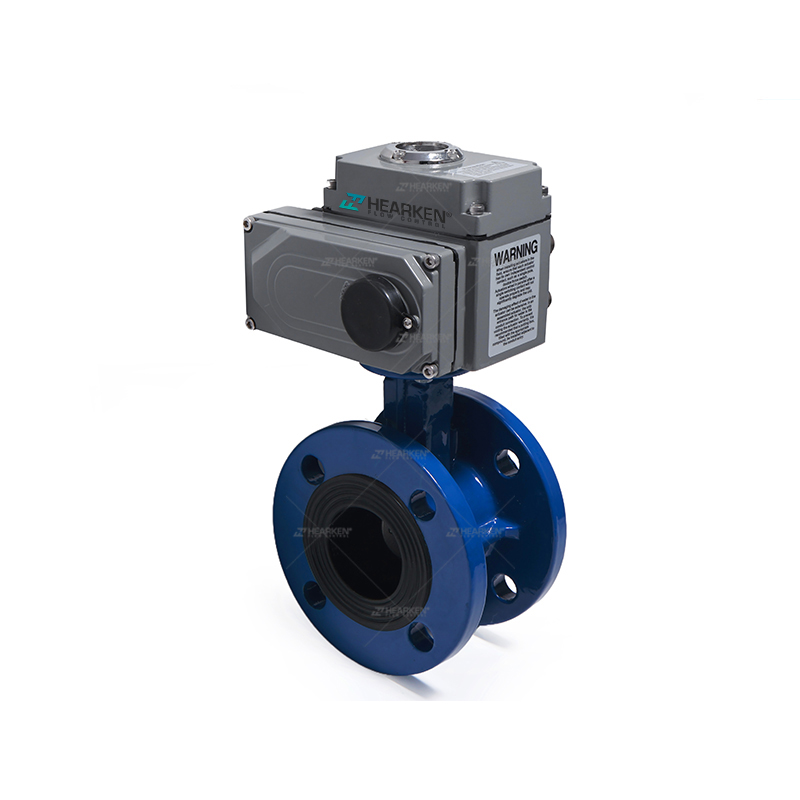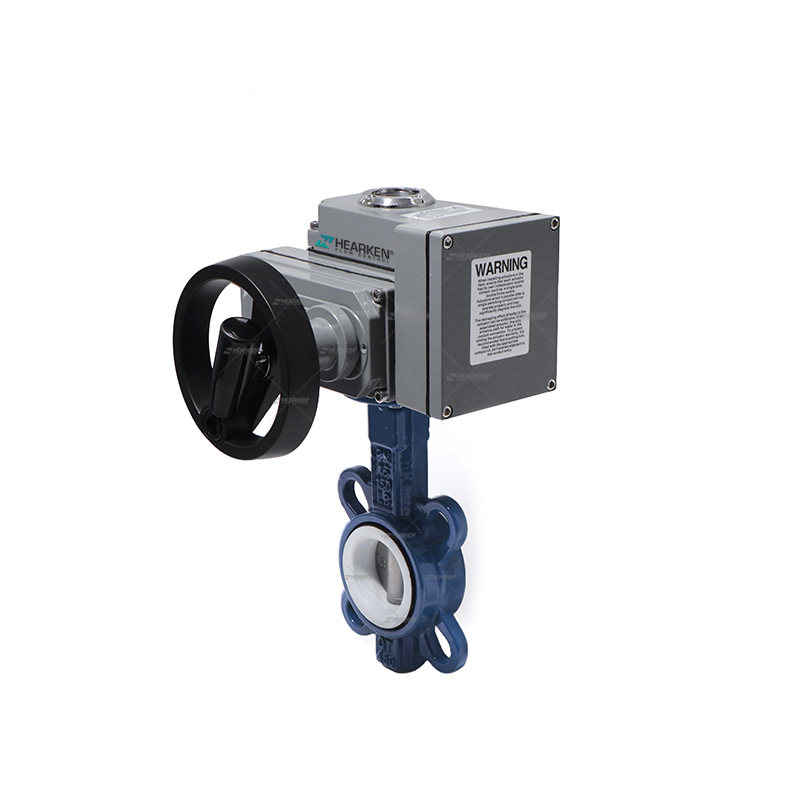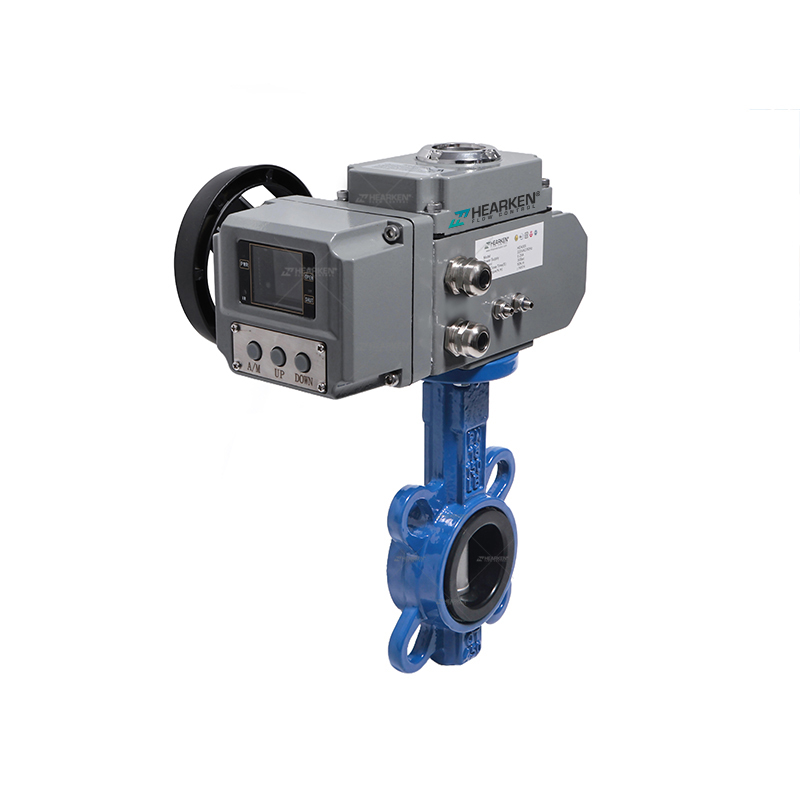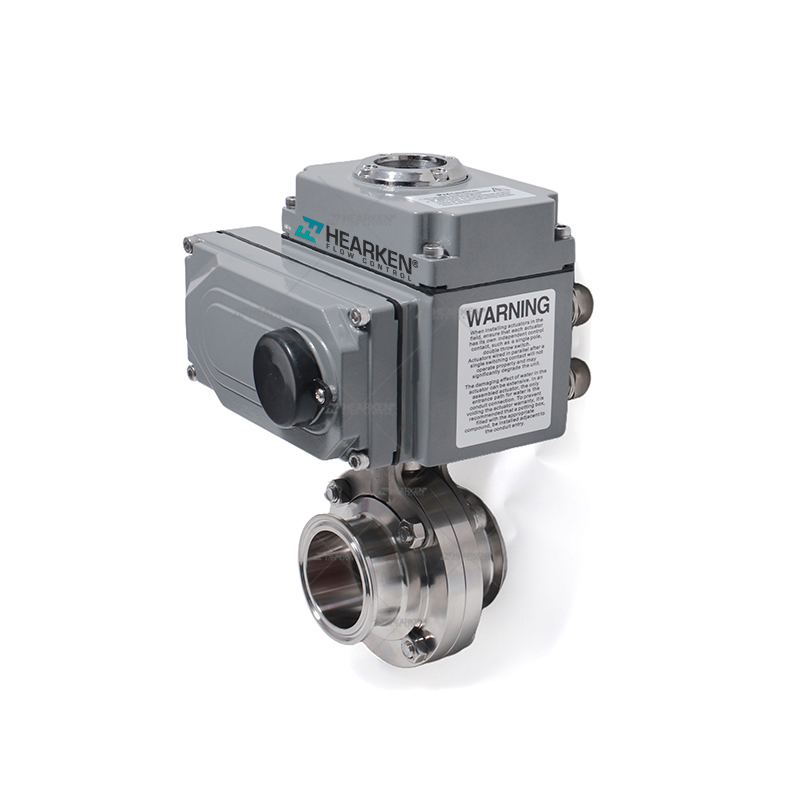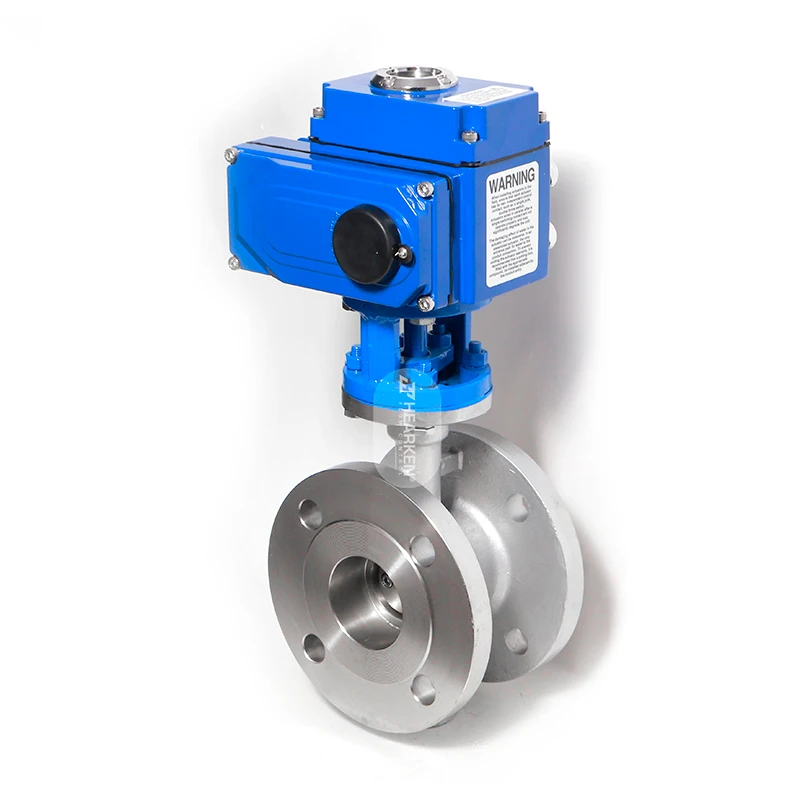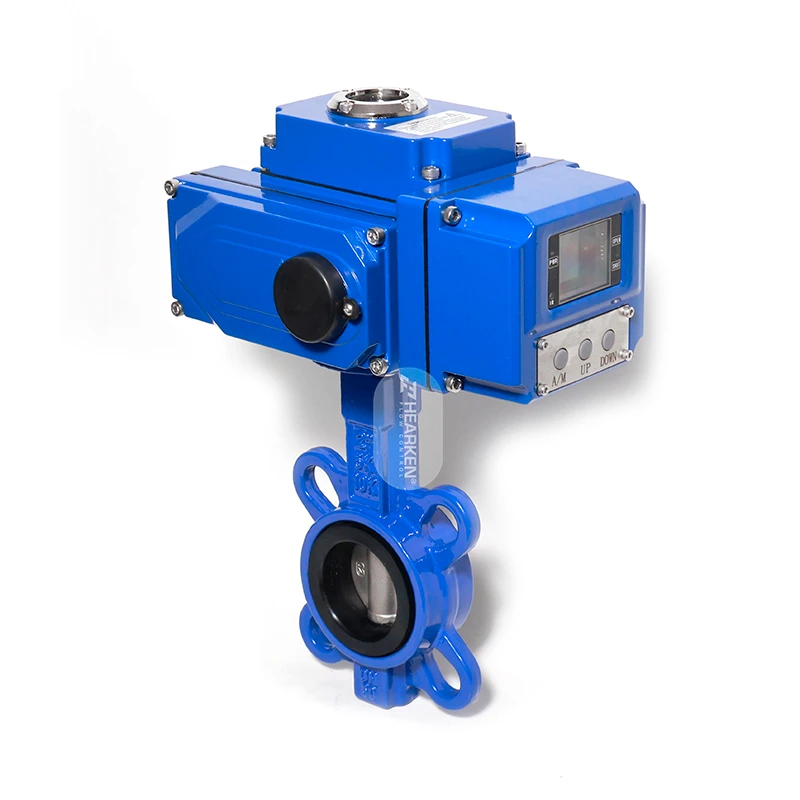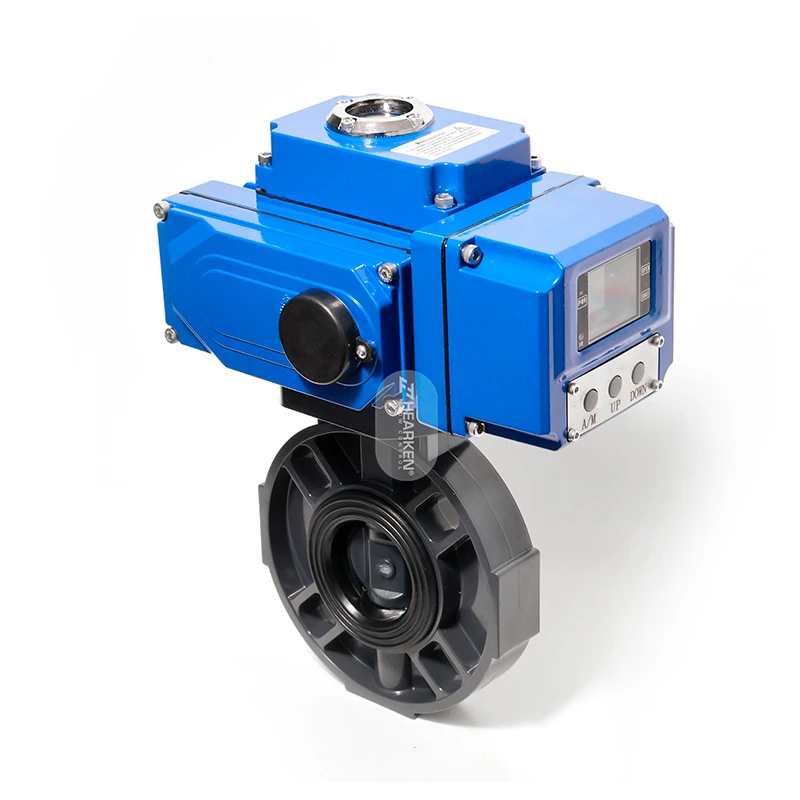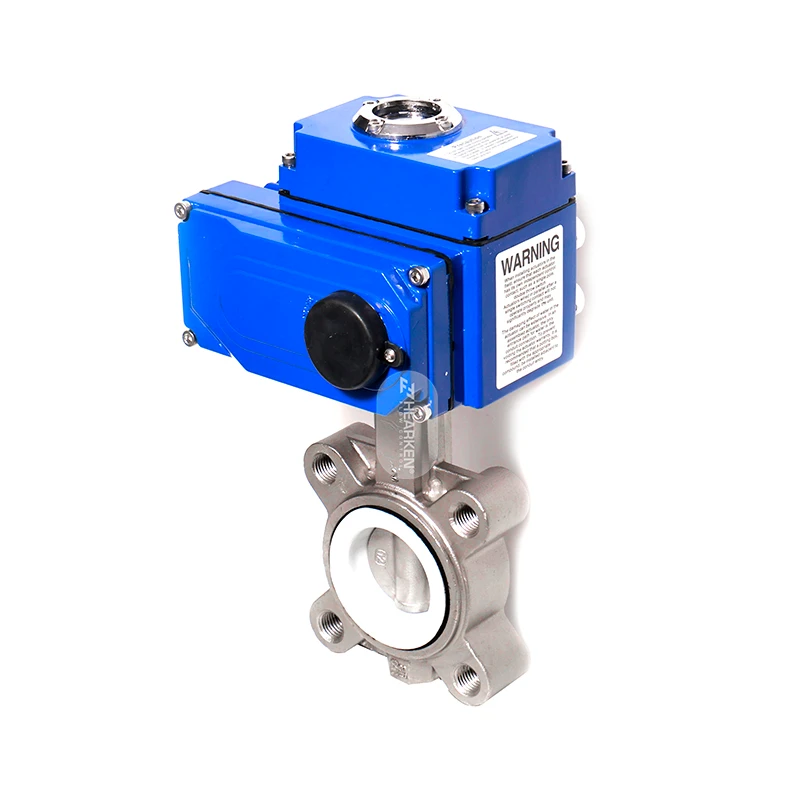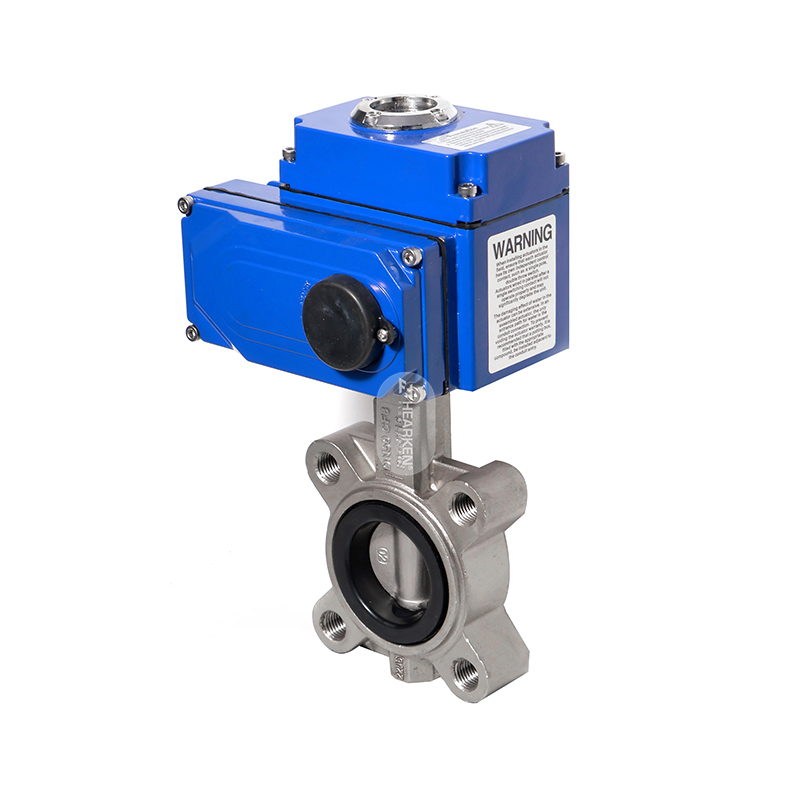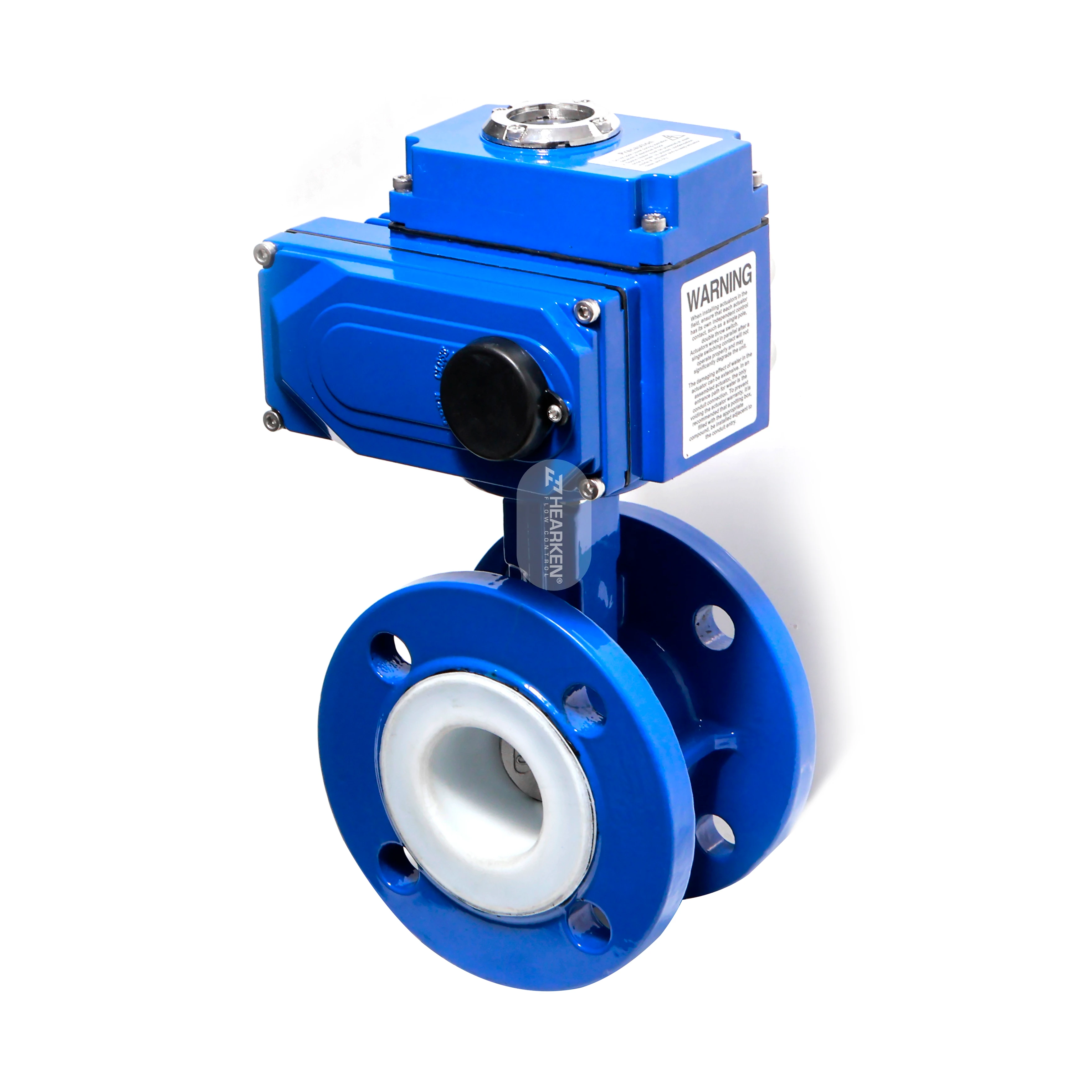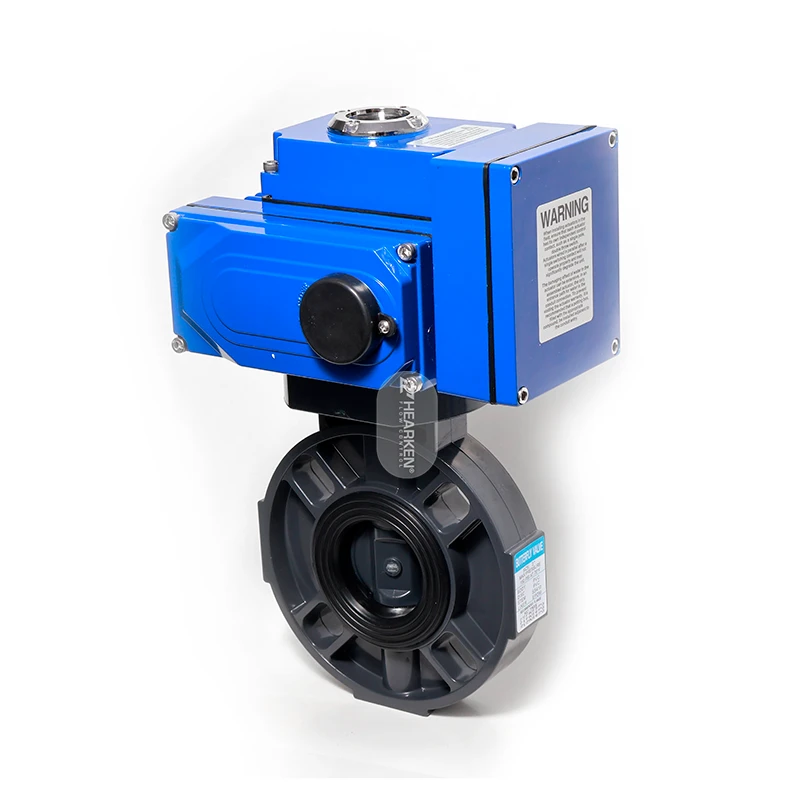Electric Actuated Butterfly Valve
Customized Flanged EPDM Soft Seal Centerline Electric Butterfly Valve
Featuring a durable EPDM seal, flanged ends for easy installation, and a centerline desi
Industrial Hand Wheel Modulating Type Electric Wafer Butterfly Valve
With options for on/off or modulating control, a manual handwheel override, and a reliab
Ductile Cast Iron Motorized Butterfly Valve Wafer Type EPDM Seal with Handwheel
The ductile cast iron motorized butterfly valve comes with an EPDM seal by default, offe
Stainless Steel Sanitary Motorized Butterfly Valve
Stainless steel sanitary motorized butterfly valve built with premium materials includin
What is electric butterfly valve?
An electric butterfly valve is a type of flow control valve that regulates the flow of fluids, gases, and materials through a circular pipe or tube. It is externally powered and can be remotely controlled using an electric actuator. The valve consists of a metal circular disc or vane with its pivot axes at right angles to the direction of flow in the pipe, which when rotated on a shaft, seals against seats in the valve body. The valve can be either lug or wafer style and is suitable for a variety of applications, offering durability, reliability, and a cost-effective alternative to ball valves. Electrically actuated butterfly valves are available in various sizes, ranging from small valves for low-pressure applications to larger valves for high-pressure applications. They are commonly used in the chemical, pharmaceutical, food and beverage, and water treatment industries.
How does motorised butterfly valve work?
An electric butterfly valve works by using an electric actuator to control the movement of a circular disc or vane within the valve body. The disc is mounted on a shaft and rotates within the valve body, allowing it to regulate the flow of fluids, gases, and materials through a circular pipe or tube. The valve can be either lug or wafer style and is available in various sizes, ranging from small valves for low-pressure applications to larger valves for high-pressure applications. The key to the precise control offered by motorized butterfly valves lies in their design, which features a centrally-mounted disc that rotates within the valve body. This disc, or butterfly, can be positioned at various angles to adjust the flow area, allowing for fine-tuned regulation of the fluid’s flow rate. The electric motor in the actuator can precisely move the disc to the desired position, allowing for smooth and consistent flow control. When the valve is fully open, the disc is parallel to the pipeline and liquids are able to flow past the disc on either side. When the valve is closed, the disc is turned so that it is perpendicular to the pipeline, blocking the flow of fluids. If flow needs to be throttled, controlled, or regulated for volume as production needs change, the motor can turn the disc to a position where it is partially open. The electric actuator of the electric butterfly valve can be divided into switch type and regulation type. The switch-type electric butterfly valve simply plays the role of switching, while the regulation-type electric butterfly valve plays the role of regulating the flow and can accurately adjust the flow to the thousandth of degrees.
What are the three types of butterfly valves?
There are several types of butterfly valves, each with its own specific designs and features. Here are the three main categories of butterfly valves:
Rubber-lined Valves: These are less expensive valves for non-demanding, non-abrasive, lower temperature applications. They are normally for 150-300# (PN10-25) flanges.
Plastic-lined Valves: These are for use with harsh chemicals, ultrapure applications, sanitary, or abrasive applications. They are normally for 150# (PN10/16) flanges. The GAR-SEAL® valve is a Plastic-Lined valve.
Metal Valves: These are used for high-pressure applications. With some lower-strength body materials, the lug threads are weak; therefore, lug valves may have lower bolt torque ratings than wafer. Flanged valves have a flange face on both sides of the valve and are popular in very large size valves. Welded valves are used for very-high-pressure applications. Because most plastic lined valves are limited to PN10/16 (150#) flanges, this type is rarely seen with plastic-lined valves.
Features of Electric Actuated Butterfly Valves
1. Precise Control
Electric actuators provide precise control over the valve position, enabling fine-tuned adjustments to flow rates. This precision is essential for processes requiring exact flow specifications.
2. Automated Operation
Automation reduces the need for manual intervention, increasing operational efficiency and safety. Electric actuators can be integrated with control systems for remote operation and monitoring.
3. Durability and Longevity
Constructed from robust materials, these valves offer excellent durability and longevity, even in harsh environments. They are designed to withstand high pressures and temperatures, making them suitable for various industrial applications.
4. Low Maintenance
With fewer moving parts compared to pneumatic actuators, electric actuated butterfly valves typically require less maintenance. This translates to lower operational costs and reduced downtime.
5. Energy Efficiency
Electric actuators are more energy-efficient compared to pneumatic systems, which rely on compressed air. This efficiency results in lower energy consumption and cost savings over the valve's lifecycle.
6. Compact Design
The compact and lightweight design of butterfly valves makes them easy to install in tight spaces. This is particularly advantageous in retrofitting existing systems or in applications with space constraints.
7. Versatile Applications
Suitable for a wide range of applications, from HVAC systems and water treatment plants to chemical processing and food and beverage industries. Their versatility makes them a go-to solution for many sectors.
8. Fail-Safe Options
Many electric actuators come with fail-safe features, such as battery backup or spring return, ensuring the valve reverts to a safe position in case of power loss. This is crucial for maintaining safety and preventing process disruptions.
9. Integration with Advanced Control Systems
Modern electric actuated butterfly valves can be integrated with advanced control systems, including PLCs (Programmable Logic Controllers) and SCADA (Supervisory Control and Data Acquisition) systems. This allows for enhanced process control and data acquisition.
10. Compliance with Industry Standards
These valves are designed to meet various industry standards, including ISO, CE, ATEX, and SIL3 certifications. Compliance ensures reliability, safety, and performance in critical applications.
11. Quick and Easy Installation
Electric actuated butterfly valves are designed for quick and easy installation. Their user-friendly design simplifies the integration process, reducing installation time and costs.
